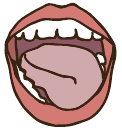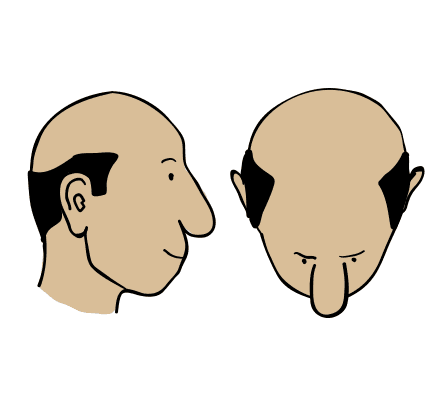 |
 |
 |
 |
 |
 |
Do you have your father’s eyes or your mother’s curly hair?
Do you have trouble drinking milk, or flush when you drink alcohol?
Many traits such as eye color, alcohol flush, and the texture of your hair are determined—at least in part—by genetics. Learning about them also helps make genetics more real. We can observe many traits directly, compare them between people, and see how some of them are passed down through families.
But traits aren’t limited to things you can see. They include whether you can smell certain odors, the levels of hormones or other molecules circulating in your body, and even whether you’re more resistant or susceptible to infectious microbes. The circus of human traits can be wide, weird—and wildly wonderful.
With 23andMe’s Trait reports, you can get a glimpse into more than 40 different human traits influenced by genetic factors. While you can “verify” certain things about yourself using these reports, it’s important to keep in mind that genetics is rarely the whole story. Your environment, lifestyle, and personal and family history can play a major role in what foods you like, your cholesterol level, whether you contract an infectious disease, and how tall you are, to name just a few things.
So what do my genetics say about some of my traits?

As I mentioned in the previous post about Drug Response, I do flush when I drink alcohol. This is because I have one copy of a variant that disrupts a gene called ALDH2, which is involved in breaking down a toxic byproduct of alcohol.
The disruptive variant is fairly common in East Asians, so it’s not surprising that I have it. My dad also has this variant and displays the alcohol flush trait, but my mom has two working copies of the gene. As luck would have it, my two brothers won the genetic lottery on that one—they got working copies from both parents!
Another trait that displays population-specific differences is Earwax Type. Most people don’t even know there are different types of earwax, but our ancestors probably all had wet earwax, and dry earwax arose later in northeast Asia, most likely due to a single variant in a gene called ABCC11. If you’re East Asian like I am, your earwax is probably the dry type (check!), but if you’re not, you probably have wet earwax.
Not all traits are determined by single genes like Alcohol Flush and Earwax Type. Many, like Eye Color and Hair Curl, are influenced by a number of genes, and 23andMe’s Trait reports may only provide information on a subset of them.
Other traits can be affected by non-genetic factors; Lactose Intolerance, for example, can be partly or effectively compensated for by the types of bacteria you have in your gut (indeed, this is probably what’s happened in my case, for I used to be less tolerant of dairy products than I am now).
For these reasons, the results suggested by the reports may sometimes differ from your personal experience.

A common example of this comes up with the Eye Color trait—the report may say “Likely Blue” but you might actually have brown eyes, or vice versa. The discrepancy stems from the fact that the genetic variant presented in the report is not the only variant that determines eye color. It does, however, give pretty good estimates: if you have two copies of the A version of the SNP (like I do), you have an 85% chance of having brown eyes and a 14% chance of having green eyes; if you have two copies of the G version, you have a 72% chance of having blue eyes and a 27% chance of green eyes.
One copy each of A and G gives you an intermediate probabilities of brown, green, or blue eyes. So while the report may say that you are likely to have brown, or blue, eyes, there is still a chance that you don’t! As more research uncovers additional variants that influence eye color, we may be able to update the report to improve the predictions.
All of our reports offer the curious individual an opportunity to learn more about the genetics—and non-genetic factors—underlying human health and traits, from the everyday to the bizarre. You might be amazed to discover that some people can smell a specific odor in their urine after eating asparagus (or can’t smell it!) or that others sneeze whenever they go out into bright sunlight, a condition charmingly referred to as “ACHOO syndrome.” Or perhaps you’re more interested in learning about how your genetic variants might influence how you respond to different diets or exercise. With traits, there’s always something for everyone!
Have some unique or favorite traits of your own? Customers can help contribute to research on the genetics of dozens of human traits by taking surveys about footedness, handedness, physical features, and pigmentation, among others.
Health at 23andMe: What Can You Learn?(Carrier status for Inherited Conditions)When One Size Doesn’t Fit All – (the genetics of Drug Response)
For a refresher course on genetics or help navigating the service, visit Genetics 101 on our website, or see our Frequently Asked Questions.
Check out our companion series, Ancestry at 23andMe, and other articles in 23andMe How-To.

